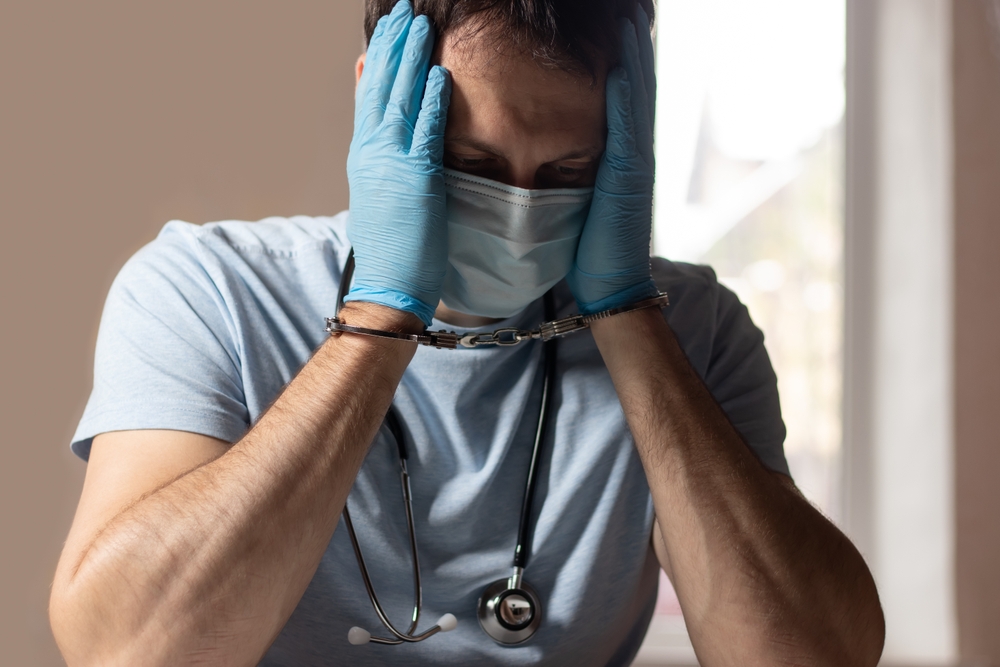How to Prove Medical Negligence in a New York Court
By seriousl June 23, 2025
 You win a medical negligence case in New York by proving four things—(1) a provider‑patient relationship, (2) a departure from accepted medical practice, (3) that the departure caused your injury, and (4) damages—and you must file on time, usually within 2 years and 6 months (with narrow exceptions).
You win a medical negligence case in New York by proving four things—(1) a provider‑patient relationship, (2) a departure from accepted medical practice, (3) that the departure caused your injury, and (4) damages—and you must file on time, usually within 2 years and 6 months (with narrow exceptions).
Got questions? Talk to a lawyer now. A New York medical negligence lawyer at Poissant, Nichols, Grue, Vanier & Babbie, P.C. can review your timeline and records today. Call 518‑483‑1440.
The Legal Standard You Must Meet
To win a medical negligence case in New York, you must show that a healthcare provider departed from accepted medical practice and that this departure was a proximate cause of your injury, proven by a preponderance of the evidence (more likely than not). Juries typically hear this through a qualified medical witness who explains what the standard required, how the care fell short, and why that shortfall mattered medically. Proof of injury alone isn’t enough; the law requires a causal link between the departure and the outcome.
A lack‑of‑informed‑consent claim is separate from negligence. Under Public Health Law § 2805‑d, you must establish that, for a non‑emergency treatment or invasive diagnostic procedure, the provider failed to disclose material risks, benefits, and reasonable alternatives; that a reasonably prudent patient in your position would have declined if fully informed; and that the undisclosed risk actually occurred and caused the injury. A signed consent form is evidence, but it doesn’t end the analysis—jurors still decide whether the disclosure was adequate.
The Deadlines That Control Your Case
Most New York medical negligence suits must be filed within 2 years and 6 months from the malpractice or from the end of continuous treatment for the same condition with the same provider. That “continuous treatment” rule can extend the clock when you stay under care for the very issue tied to the alleged error.
There is a targeted rule for missed cancer diagnoses—often called Lavern’s Law—allowing filing within 2 1⁄2 years from discovery of the misdiagnosis (or when it should have been discovered), but no later than 7 years from the malpractice or last related treatment.
If the defendant is a public hospital or other public corporation, you generally must serve a Notice of Claim within 90 days as a condition of suit—an extra step that can be fatal if overlooked. Courts have limited discretion to extend the 90‑day period, but only within the broader statute‑of‑limitations window.
Evidence That Persuades New York Juries
Records and a clear timeline. Hospital charts, imaging, lab values, medication administration records, and discharge instructions anchor your proof. Your skilled medical injury lawyer will build a chronology that ties a specific departure to a specific outcome and rules out unrelated causes. Courts repeatedly stress that a departure without causation is not enough.
Qualified medical testimony. Because the standard of care is technical, New York courts expect testimony from a physician in the relevant discipline to explain what the standard required, how the provider deviated, and how that deviation caused the injury. When the defense submits its own medical affidavit, the plaintiff must offer a meaningful medical rebuttal on both departure and causation to reach a jury.
When the facts speak for themselves. In rare scenarios, jurors may infer negligence from the event itself: the classic example is a retained instrument after surgery. In Kambat v. St. Francis Hospital, the Court of Appeals approved a res ipsa loquitur charge where an 18‑by‑18‑inch laparotomy pad was found in the abdomen after surgery.
Informed consent proof. For non‑emergencies and invasive diagnostics, you must show the disclosure was inadequate under § 2805‑d and that a prudent patient would have refused the procedure if properly informed. Written consent forms are evidence, not the end of the inquiry; jurors still consider the adequacy of disclosure.
Who Can Be Held Responsible
Individual providers answer for their own negligence. Hospitals are vicariously liable for employees acting within the scope of employment, but many attending physicians are independent contractors. Even so, New York recognizes apparent or ostensible agency in circumstances where a hospital holds itself out as the provider of care (frequently litigated in emergency‑department settings). Courts following Mduba v. Benedictine Hospital and later appellate decisions allow hospital liability where the hospital controls the manner of work or the patient reasonably believed the physician acted for the hospital.
Sorting out employment status, consent forms, signage, and how services were presented to the patient can decide whether the facility shares liability with the clinician—issues your New York medical negligence attorneys will scrutinize during discovery.
Build Your Medical Negligence Case in New York with Poissant, Nichols, Grue, Vanier & Babbie, P.C.
If you believe a New York provider deviated from accepted practice and it made a difference in your outcome, Poissant, Nichols, Grue, Vanier & Babbie, P.C. can evaluate your facts, assess § 2805‑d for any consent claim, and assemble the medical proof juries find persuasive; contact us today or call 518‑483‑1440 to speak with a personal injury lawyer about your best route forward.
